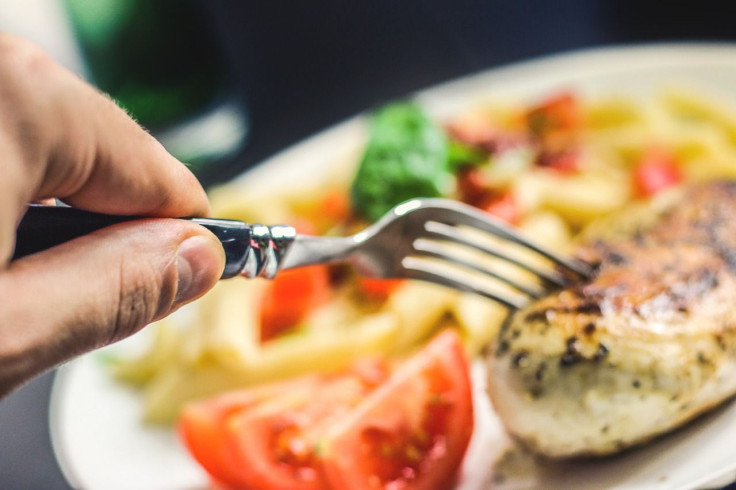Researchers Note Factors That May Be Influencing How Many Calories People Eat
KEY POINTS
- The researchers sought the characteristics that contribute to calorie intake
- Hyper-palatability, meal energy density and eating rate led to increased calorie intake
- People may consider a food item's hyper-palatability for their dietary choices
Many people aim to eat healthier, but are there some meal factors that could impact how many calories we consume? Three characteristics of a meal were associated with increased calorie intake and one of them is hyper-palatability.
For their work, published Monday in Nature Food, researchers looked at how four factors may impact calorie intake across four dietary patterns. The meal factors are meal energy density or the number of calories per gram of food, hyper-palatability, protein content, and eating rate.
"Diets for the prevention and treatment of obesity are often informed by theories about food characteristics believed to support spontaneous reductions in ad libitum energy intake without inducing hunger," they wrote.
"We wanted to know how hyper-palatable characteristics of foods, in combination with other factors, influenced how many calories a person consumed in a meal," one of the study authors, Tera Fazzino of The University of Kansas (KU), said in the university release.
They found that three of the meal characteristics "consistently" led to increased calorie intake across all the dietary patterns they looked at. These were meal energy density, hyper-palatability and eating rate, or how fast the food was eaten.
In other words, these three factors affected how many calories people consumed.
The results highlight some of the factors that people may not be considering when looking at their diets. Hyper-palatable foods appear to contribute to calorie intake "independently," noted KU, but some people may not even be as aware of them.
Hyper-palatable foods are the ones that, in a sense, are so alluring to the taste buds that they override the signals that you've had enough to eat. These make it harder to stop eating even though one is already full.
In 2019, KU researchers, including Fazzino, identified the criteria that may qualify food as hyper-palatable, such as being high in fat and sugar and high in carbohydrates and sodium. At the time, even some of the foods that were labeled as low/no/reduced sugar, fat and/or sodium surprisingly qualified as hyper-palatable.
Although hyper-palatability may not be something that's typically noted when it comes to dietary recommendations, this could be something that people may consider looking into for their diets, noted KU.
Researchers at @KULifeSpan and @NIDDKgov explored in @NatureFoodJnl how "hyper-palatable" foods combined with other factors increase the amount of calories consumed per meal across four diet patterns: low-carb, low-fat, unprocessed and ultra-processed.https://t.co/DfpkOyaNhf
— KU News Service (@KUnews) January 30, 2023
"We hope to get the information about hyper-palatable foods out there for individuals to consider as they make dietary choices, and we hope that scientists continue to examine hyper-palatable characteristics as a potential factor influencing energy intake," Fazzio said, as per KU.

© Copyright IBTimes 2025. All rights reserved.






















